Dimmable bulbs have become increasingly popular because they provide customizable lighting in any room.
However, many wonder if they can use dimmable bulbs in a non-dimmable lamp. The answer is not as straightforward as one may think. While it may seem like a simple switch, certain factors need to be considered before using a dimmable bulb in a non-dimmable lamp.
In this article, we will discuss the differences between dimmable and non-dimmable lamps, the potential risks of using a dimmable bulb in a non-dimmable lamp, and some alternatives for achieving adjustable lighting without compromising safety.
Understanding Dimmable and Non-Dimmable Lamps
Dimmable lamps are designed to work with dimmable bulbs, which have special technology that allows the user to adjust the brightness of the light. Non-dimmable lamps, on the other hand, are not compatible with these bulbs and can only function at a fixed brightness level.
One key difference between dimmable and non-dimmable lamps is their wiring. Dimmable lamps have an extra wire that allows for communication between the bulb and the dimmer switch. This wire carries signals from the switch to the bulb, telling it how much power to use. Non-dimmable lamps do not have this extra wire, making them unable to communicate with dimmable bulbs.
Another factor to consider is the type of dimmer switch being used. While some dimmer switches are designed for specific types of bulbs, others may be compatible with both dimmable and non-dimmable lamps. It is important to check the specifications of your dimmer switch before using a dimmable bulb in a non-dimmable lamp.
Can I Use a Dimmable Bulb in a Non-Dimmable Lamp?
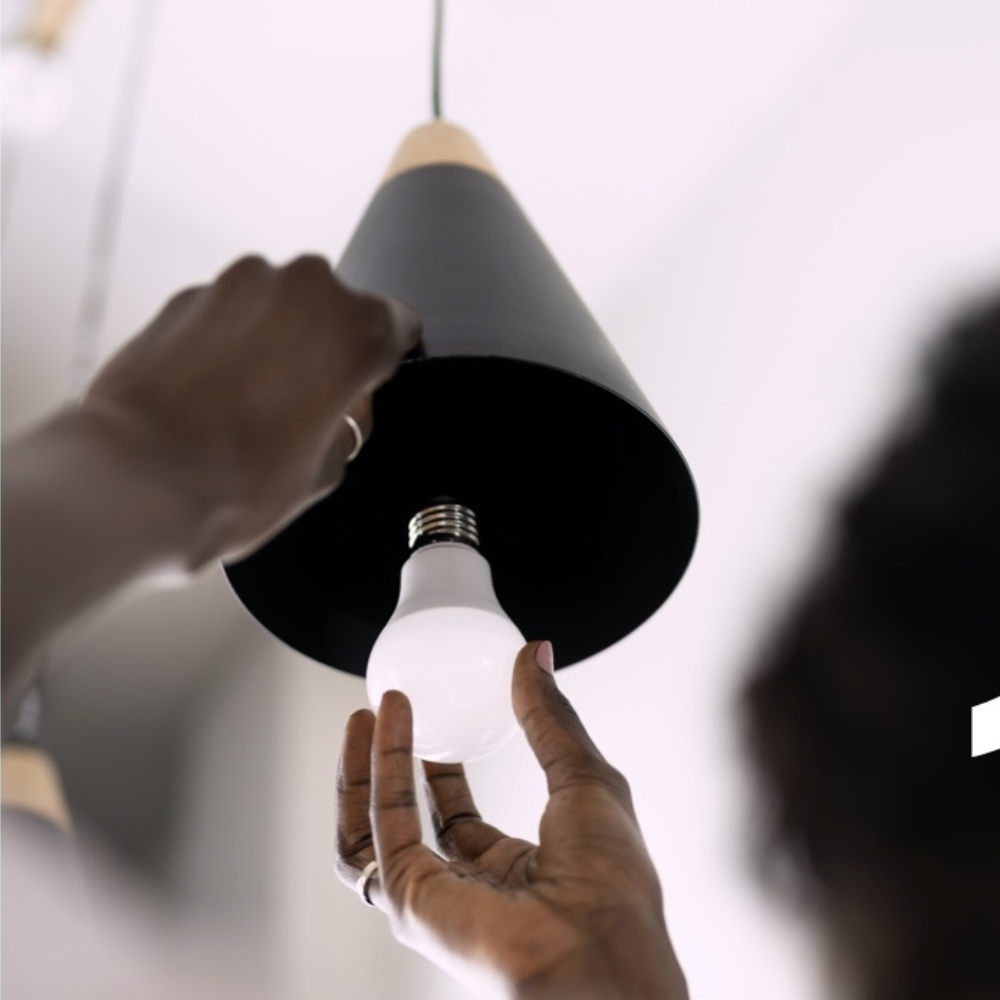
The short answer is that while you can physically install a dimmable bulb in a non-dimmable lamp, doing so may expose your lighting system to risks.
When a dimmable bulb is used in a non-dimmable fixture, it will operate at full brightness, as the lamp cannot adjust the light output. This often leads to inefficiency since dimmable bulbs are primarily intended to function alongside compatible dimmer switches to optimize energy use and provide versatile lighting options.
Furthermore, using a dimmable bulb in a non-dimmable lamp may shorten the bulb's lifespan. These bulbs are engineered to handle varying voltages, but without an appropriate dimming mechanism, they run continuously at their maximum capacity, potentially causing overheating. In some instances, this can lead to flickering or even bulb failure.
Consider investing in a dimmable lamp and compatible dimmer switch if you're seeking adjustable lighting. Alternatively, look for smart bulbs that can provide adjustable brightness through a smartphone or remote control, even when used in standard fixtures. This route will allow you to enjoy the benefits of dimming without risking damage to your lighting system or compromising safety.
Potential Risks of Using Dimmable Bulbs in Non-Dimmable Lamps
When using dimmable bulbs in non-dimmable lamps, several potential risks can affect safety and performance.
One of the primary concerns is overheating. Dimmable bulbs are designed to adjust their brightness levels based on signals from a dimmer switch. However, when these bulbs are used in non-dimmable fixtures, they operate continuously at full power without the ability to modulate their energy consumption. This increased power can lead to excessive heat generation, which may damage the bulb, the lamp, or even pose a fire hazard.
Another risk is bulb failure. Dimmable bulbs typically have components that allow them to withstand fluctuating voltage levels. When subjected to constant operation at maximum brightness in a non-dimmable lamp, these components can wear out more quickly than usual, resulting in premature burnout.
Moreover, using a dimmable bulb in a non-dimmable fixture could violate warranty agreements and electrical codes, leading to further complications. To avoid these risks, it’s advisable to use bulbs that are specifically designed for non-dimmable fixtures, ensuring both safety and optimal performance in your lighting system.
Does Using a Dimmer Switch Make A Non-Dimmable Lamp Compatible with Dimmable Bulbs?
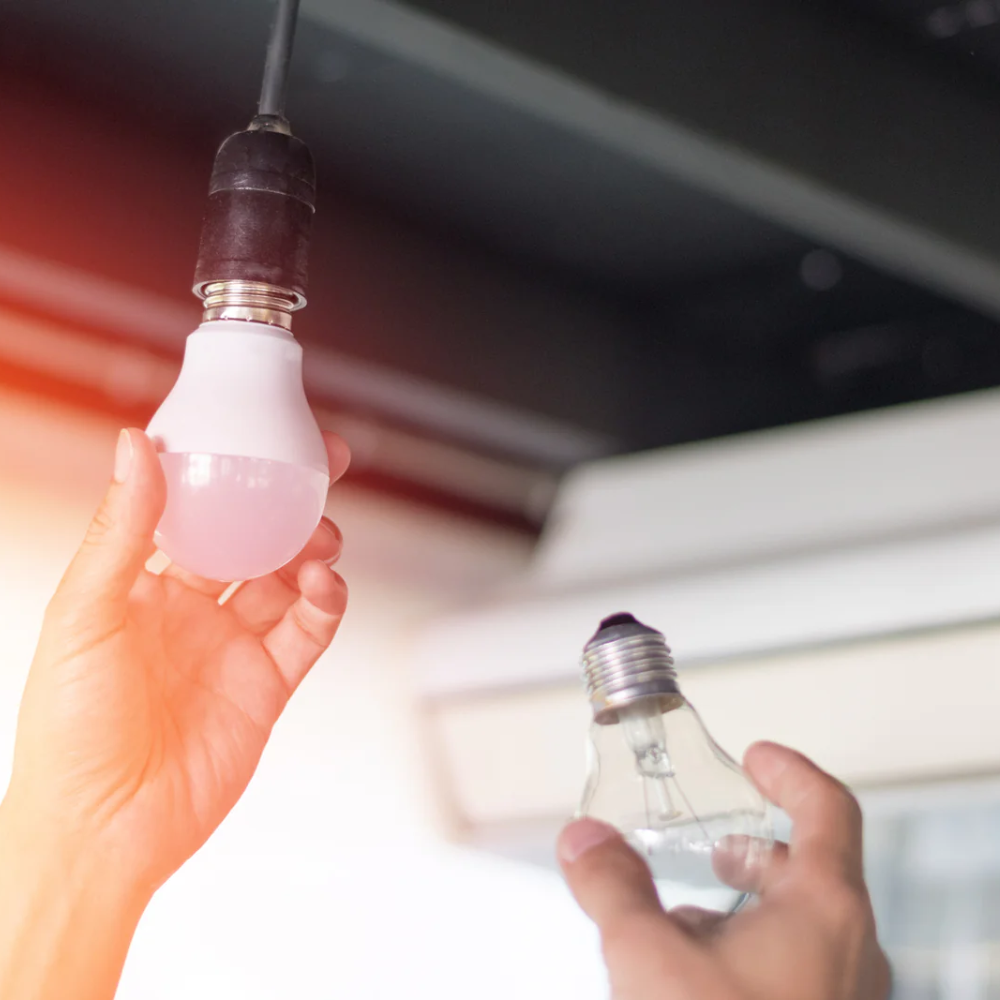
No, using a dimmer switch does not make a non-dimmable lamp compatible with dimmable bulbs. As mentioned earlier, the wiring of a dimmable lamp is different from that of a non-dimmable lamp, and simply adding a dimmer switch will not change this fact.
Additionally, dimmable switches are designed to work with specific types of bulbs, so even if you install one in your non-dimmable lamp, it may not be compatible with the dimmable bulb you intend to use. This can lead to issues such as flickering, buzzing, or even bulb failure.
Furthermore, using a dimmer switch in a non-dimmable lamp could pose safety risks, as the wiring may not be rated for the increased load placed on it by the dimmable bulb. This could result in overheating and potential fire hazards.
Also, keep in mind that using a dimmer switch with non-dimmable lamps may violate warranty agreements and electrical codes. It’s best to stick with the appropriate lighting fixtures and bulbs for optimal safety and performance.
Why It's Important to Choose the Right Lamp For Your Needs
Choosing the right lamp for your lighting needs is crucial for several reasons.
First and foremost, using incompatible bulbs and fixtures can pose safety risks. As discussed, using a dimmable bulb in a non-dimmable lamp can lead to overheating, potential fire hazards, and compromised performance. It’s essential to follow manufacturer recommendations to ensure safe operation.
Moreover, choosing the right lamp can also help optimize energy usage and save on electricity bills. For instance, if you’re looking for adjustable lighting options, investing in a dimmable lamp with compatible bulbs and switches will allow you to control brightness levels efficiently and reduce energy consumption.
Additionally, selecting the appropriate lamp for your needs can also extend the lifespan of your bulbs and fixtures. Using non-dimmable lamps with dimmable bulbs, or vice versa, can lead to premature wear and tear, resulting in frequent replacements and added expenses.
How To Choose The Right Lamp For Your Needs
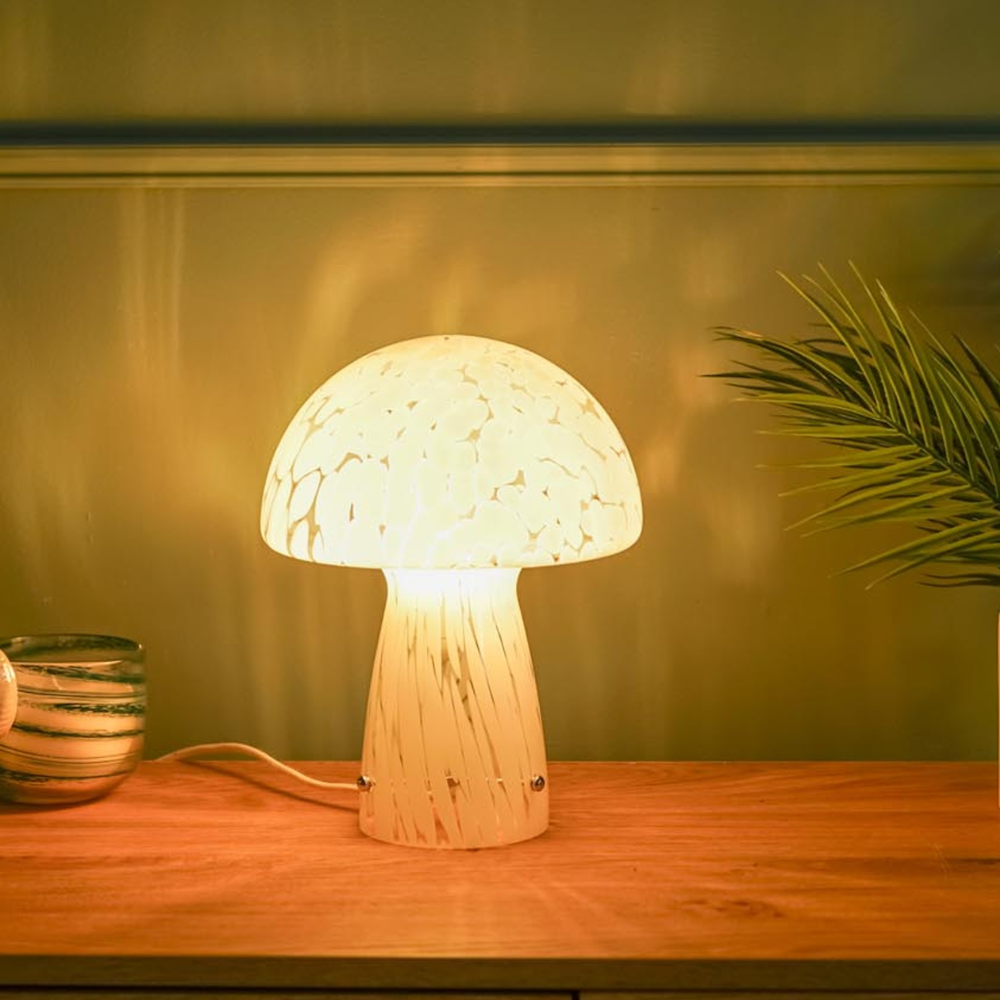
Choosing the right lamp for your lighting needs can seem overwhelming, but it doesn’t have to be. Here are some tips to help you make an informed decision:
- Know your bulbs: Understand the different types of bulbs available and their compatibility with lamps and dimmer switches. Dimmable LEDs, CFLs, and incandescent bulbs require specific fixtures and dimmers, so research before making a purchase.
- Consider your lighting needs: Are you looking for adjustable lighting? Do you want to save on energy costs? Knowing your lighting requirements will help narrow down your options and help you choose the right lamp.
- Read manufacturer recommendations: Always follow the manufacturer’s guidelines for compatible bulbs and fixtures to ensure safety and optimal performance. Don’t rely solely on a dimmer switch to make a non-dimmable lamp compatible with dimmable bulbs.
- Invest in quality lamps: When it comes to lighting, investing in quality lamps can save you money in the long run by avoiding frequent replacements and potential safety hazards.
- Consult a professional: If you’re unsure about which lamp is best for your needs, consult an electrician or lighting specialist for expert advice.
By following these tips, you can choose the right lamp that meets your needs and ensures safe and efficient operation of your lighting system.
Is it Worth the Risk to Use Dimmable Bulbs in Non-Dimmable Lamps?
In short, it is not worth the risk of using dimmable bulbs in non-dimmable lamps. While it may seem like a cost-effective solution, the potential safety hazards and compromised performance make it a risky choice.
Not only can using dimmable bulbs in non-dimmable lamps lead to overheating and fire hazards, but it could also result in frequent bulb replacements and added expenses. Moreover, violating warranty agreements and electrical codes can lead to further complications.
Additionally, using dimmable bulbs in non-dimmable lamps does not provide the full benefits of adjustable lighting. Without the appropriate fixtures and dimmer switches, you may experience issues such as flickering or buzzing.
Ultimately, it’s best to stick with lamps that are specifically designed for non-dimmable bulbs to ensure safety, optimal performance, and energy efficiency. If you’re looking for adjustable lighting options, consider investing in a dimmable lamp that is compatible with the desired bulb type.
Tips for Maintaining Your Lamps and Bulbs
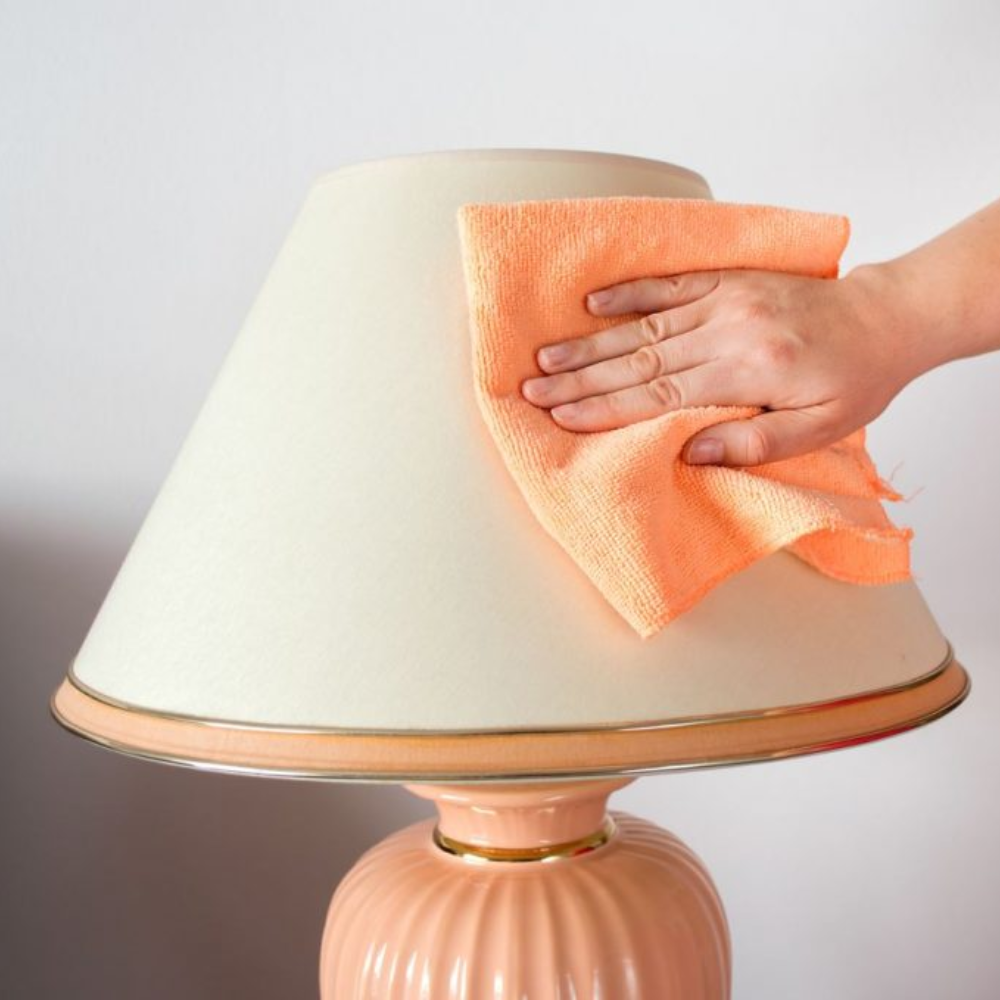
Proper maintenance of your lamps and bulbs can help extend their lifespan, ensure safe operation, and save on replacement costs. Here are some tips to keep in mind:
- Regular cleaning: Dust and debris can accumulate on your lamps, affecting their performance and appearance. It’s essential to dust them regularly with a soft cloth or brush.
- Replace worn-out parts: If you notice any frayed cords or socket issues, replace them immediately to avoid potential safety hazards.
- Avoid overloading circuits: Using too many watts on a circuit can lead to overheating and cause damage to your lamps and fixtures. Be mindful of the recommended wattage for your lamps and bulbs.
- Update outdated fixtures: Older fixtures may not be compatible with newer, energy-efficient bulbs. Consider updating your fixtures if necessary to optimize performance and save on electricity costs.
- Consult manufacturer guidelines: Always follow the manufacturer’s recommendations for maintaining and replacing parts in your lamps and light fixtures.
By following these tips, you can keep your lamps and bulbs in top condition, ensuring safe operation and optimal performance for years to come. Remember that choosing the right lamps and taking care of them properly is essential for a well-lit, safe, and efficient home or workspace.
FAQs
Can I use dimmable LED light bulbs in a non-dimmable lamp?
Yes, you can use dimmable LED light bulbs in a non-dimmable lamp. However, the dimmable LED bulb will function like a regular LED light bulb, and you won’t be able to dim it unless a dimming switch is installed.
What happens if I use dimmable LED bulbs in a non-dimmable fixture?
When using dimmable LED bulbs in a non-dimmable fixture, the dimmable light bulb will operate normally, but without the dimming feature. The dimmable LED lights behave just like regular LED bulbs without causing any issues.
Are incandescent light bulbs compatible with dimming switches?
Yes, incandescent light bulbs are compatible with dimming switches, unlike some non-dimmable LED bulbs. However, it’s always better to use dimmable LED light bulbs for energy efficiency and longevity when paired with a dimming switch.
Can I use non-dimmable LED bulbs with a dimming switch?
No, non-dimmable LED bulbs should not be used with a dimming switch. Doing so can result in flickering or damage to the light bulbs. Always use dimmable LED lights when a dimming switch is installed.
Do dimmable LED light bulbs work with halogen light bulbs?
Dimmable LED light bulbs can work alongside halogen light bulbs if the fixture supports both types of light bulbs and a dimming switch is used. However, LED bulbs are more energy-efficient compared to halogen light bulbs.
Are dimmable LED bulbs better than incandescent light bulbs?
Yes, dimmable LED bulbs are generally better than incandescent light bulbs because they consume less energy, last longer, and are more versatile in fixtures, especially when used with a dimming switch.
Conclusion
In conclusion, using a dimmable bulb in a non-dimmable lamp may seem like a convenient solution for achieving adjustable lighting. However, it can pose risks to your lighting system and compromise safety. It’s best to use bulbs and fixtures that are specifically designed for each other to ensure optimal performance and avoid potential hazards.
Additionally, proper maintenance and care of your lamps and bulbs can help extend their lifespan and save on expenses in the long run. By following these tips and guidelines, you can choose the right lamp for your needs and keep your lighting system functioning safely and efficiently.
So next time you’re in the market for a new lamp, remember to consider your lighting needs, research bulb compatibility, and invest in quality products for a well-lit, safe, and energy-efficient space. So go ahead and light up your life with the perfect lamp!
Subscribe to our email newsletter and unlock access to members-only content and exclusive updates.
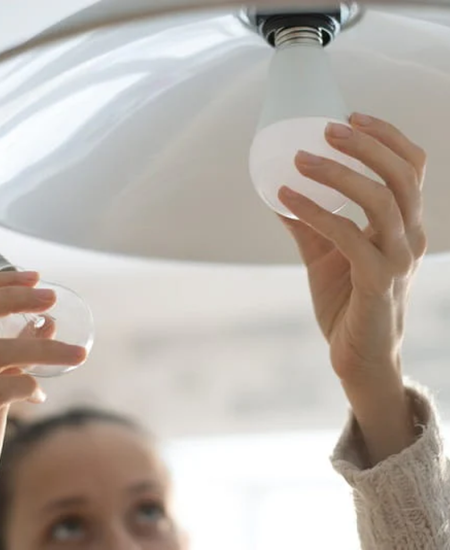
Comments